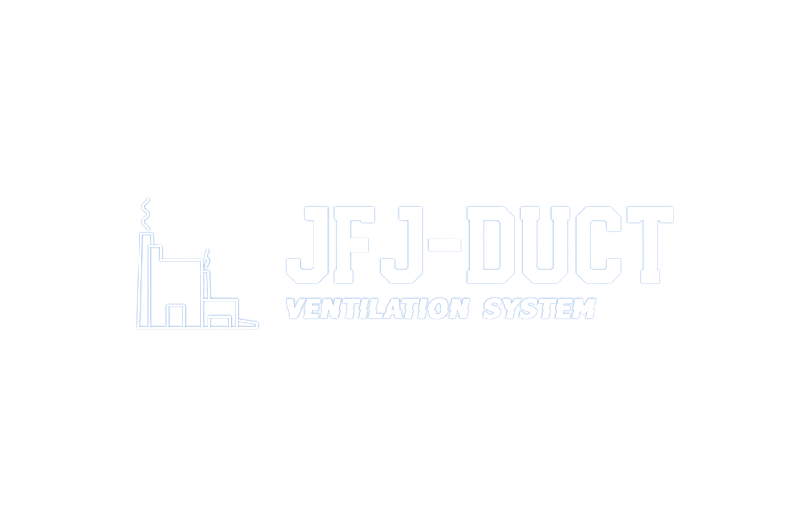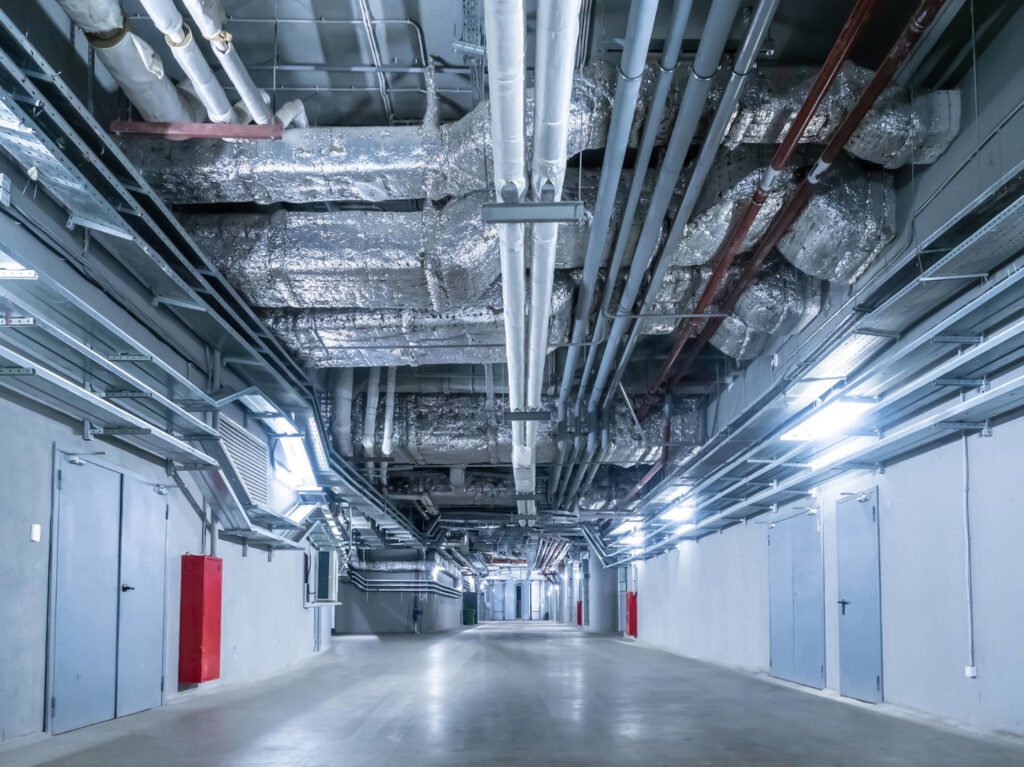Heating, Ventilation, and Air Conditioning (HVAC) systems are the unsung heroes of our indoor comfort. These complex systems, consisting of various components and ductwork, ensure that our homes and workplaces remain cool in the scorching summer and warm during the chilly winter. Among the essential components of an HVAC system, ductwork materials play a pivotal role in ensuring the efficient and reliable distribution of conditioned air throughout a building. In this comprehensive guide, we’ll delve into the world of ductwork materials, shedding light on their types, advantages, and best use cases for HVAC professionals.
Understanding the Importance of Ductwork Materials
Ductwork materials are the channels that carry the conditioned air from the HVAC unit to the various rooms and spaces within a building. These materials must be carefully chosen to ensure optimal airflow, energy efficiency, and indoor air quality. Selecting the right ductwork material is crucial, as it directly impacts the HVAC system’s performance, maintenance requirements, and overall lifespan.
Common Types of Ductwork Materials
- Sheet Metal Ducts: Sheet metal ducts are a popular choice in commercial HVAC applications. They are made from galvanized steel, aluminum, or stainless steel. These ducts are known for their durability and can withstand high pressure and temperature differentials. However, they are relatively expensive and can be challenging to install due to their weight.
- Fiberglass Ducts: Fiberglass ducts are lightweight and easy to install. They are also a good choice for residential applications as they are less expensive than metal ducts. However, they are not as durable as metal and may require more maintenance.
- Flexible Ducts: Flexible ducts are typically made of a plastic inner lining surrounded by a layer of insulation. They are highly versatile and easy to install in tight spaces. However, they are not as durable as metal or fiberglass ducts and can be prone to tearing if not handled carefully.
- Fiberboard Ducts: Fiberboard ducts are made from compressed fiberglass or mineral wool, making them a good choice for thermal insulation. However, they are less commonly used today due to concerns about air quality and fire resistance.
- PVC Ducts: PVC (Polyvinyl Chloride) ducts are a good choice for underground ductwork or in environments where corrosion is a concern. They are resistant to moisture and chemicals, making them suitable for specific industrial applications.
Choosing the Right Ductwork Material
The selection of ductwork material should be based on several factors:
- Cost: Consider your budget and the cost of the material. Sheet metal ducts are more expensive but may be worth the investment in a commercial setting. For residential applications, fiberglass or flexible ducts are often more cost-effective.
- Durability: Think about the expected lifespan of the ductwork material. In high-use areas, it’s essential to choose materials that can withstand wear and tear. Sheet metal and fiberglass ducts are known for their durability.
- Air Quality: The choice of material can affect indoor air quality. Fiberboard ducts, for example, may release particles into the air, which can be detrimental to health. It’s crucial to consider the impact on air quality and safety when selecting a material.
- Insulation: Some ductwork materials offer better insulation properties than others. If energy efficiency is a priority, consider materials that provide good thermal insulation, such as fiberglass or PVC ducts.
- Installation Flexibility: The layout and design of the building may influence your choice of ductwork material. Flexible ducts are ideal for navigating around obstacles and tight spaces.
- Maintenance Requirements: Different materials have varying maintenance needs. Sheet metal ducts are low-maintenance but can corrode over time. On the other hand, fiberglass ducts may require regular cleaning and inspection.
- Environmental Impact: Consider the environmental impact of your choice. Some materials are more eco-friendly than others. PVC, for example, is known for its environmental concerns, while fiberglass is more eco-friendly.
Best Use Cases for Ductwork Materials
The choice of ductwork material depends on the specific requirements of the project. Here are some best use cases for various ductwork materials:
- Sheet Metal Ducts: Ideal for commercial and industrial applications where durability and a long lifespan are essential. They are commonly used in large office buildings, factories, and warehouses.
- Fiberglass Ducts: Suited for residential HVAC systems and some commercial settings where cost-effectiveness is a priority. They provide good insulation properties and are relatively easy to install.
- Flexible Ducts: Perfect for applications where space is limited or where ducts need to navigate around obstacles. They are commonly used in residential HVAC systems and smaller commercial spaces.
- PVC Ducts: Suitable for underground ductwork and environments where corrosion resistance is crucial. They are often found in wastewater treatment plants, chemical processing facilities, and underground HVAC systems.
- Fiberboard Ducts: While less common today, they can still be used in some thermal insulation applications where air quality and fire safety are not primary concerns.
Innovations in Ductwork Materials
The HVAC industry is constantly evolving, and innovations in ductwork materials continue to emerge. Some of the recent advancements include:
- Ductless HVAC Systems: These systems eliminate the need for traditional ductwork altogether, providing an energy-efficient alternative for both residential and commercial spaces.
- Insulated Ducts: Ducts with advanced insulation materials are becoming more popular as they help reduce heat loss or gain, improving energy efficiency.
- Bio-Based Insulation: Environmentally conscious builders are exploring bio-based insulation materials as an eco-friendly alternative to traditional options.
- Customized Ductwork: With advancements in fabrication technology, it’s now possible to order custom ductwork designed to fit specific spaces perfectly, improving efficiency and reducing the need for joints.
Conclusion
Ductwork materials are the unsung heroes of the HVAC industry. Their selection is a critical decision for HVAC professionals, impacting performance, energy efficiency, and indoor air quality. Understanding the advantages and best use cases of various ductwork materials is vital in ensuring a comfortable and healthy indoor environment. As the HVAC industry continues to evolve, professionals must stay up-to-date with the latest innovations to make informed decisions about ductwork materials. By choosing the right material for the job, HVAC professionals can provide efficient, cost-effective, and environmentally friendly solutions for their clients.


